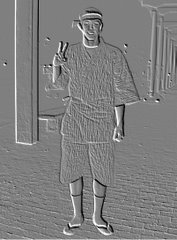In this article, Kogen, Kopec, and Whitlock address the question of how we can serve busy, working, commuter students in a college with a lack of tutors. The solution that they summarized is a multimedia, educational technology called SmartTutor. Such a system allows students to access course contents, frequently asked questions, and other information in a non-linear fashion with concept mapping heuristics. At Brooklyn College in New York City this system was developed as a supplement to peer tutors for courses such as the general, required physics class and a computer science gateway course that originally had a 50% drop/fail rate. Such systems need input from many areas of campus to be developed: Professors, students, peer tutors, and computer science and information majors. These systems are quite useful, because they allow access to information at all times of the day, they provide tutors with information on difficult content areas and questions, and they can help students perform better in gateway courses.
I have seen in technology education that concept mapping is not difficult to accomplish on most lab computers. Kogen, et al., mention that these systems are written with HTML and occasionally use JavaScript or PERL for animation. If teachers were instructed in the use of these languages, it seems they could be empowered to create such systems with less institutional support - ideally, that is. It makes sense in a large institution, however, to collaborate with computer science and MIS students, especially as they can receive credit while they complete construction of SmartTutor-type applications.
Kogen, M., Kopec, D., Whitlock, P. (2002). SmartTutor: Combining SmartBooks and Peer Tutors for Multi-media On-line Instruction. Proceedings of the International Conferrence on Engineering Edcation, 08/2002, 1-5.



No comments:
Post a Comment